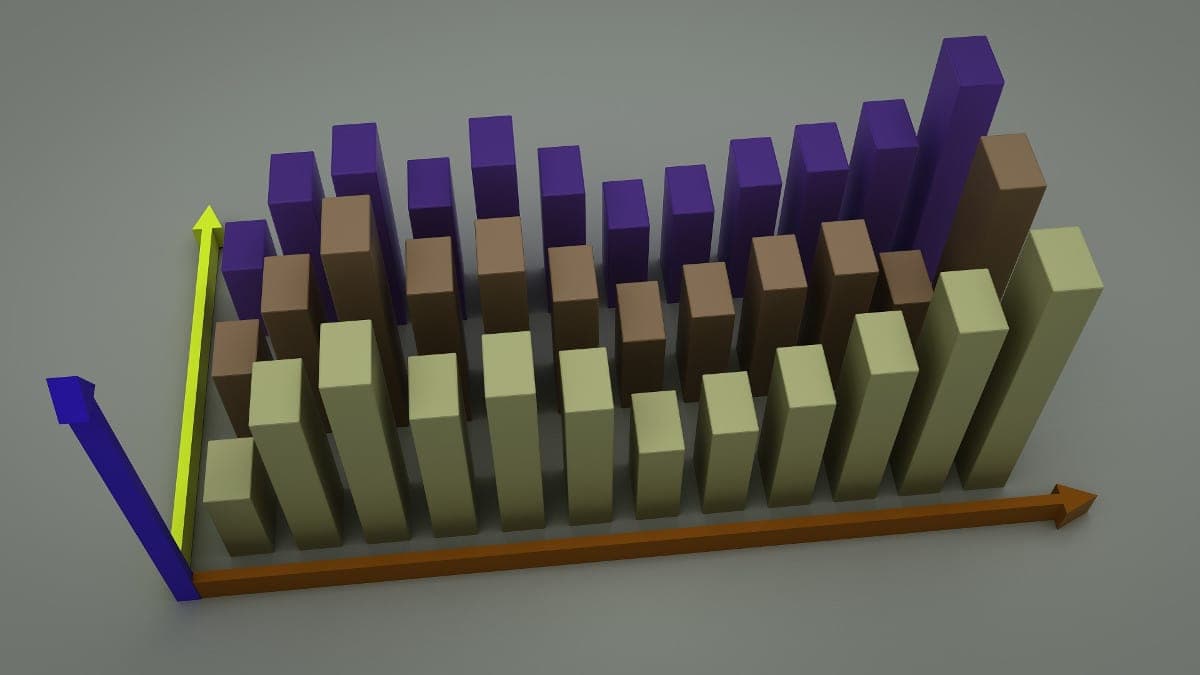Study on rule changes to eliminate access arbitrage
In 2018, the FCC proposed changes to the Intercarrier Compensation Scheme to prevent access stimulation (i.e., domestic traffic pumping). CenturyLink recommended a modification to the FCC proposal, and recently they filed an ex parte study with data to support their ideas.
The access stimulation problem
We described the access stimulation problem in a blog post on an FCC proposal to curb domestic telecom fraud. In this scenario, access-stimulating local exchange carriers are exploiting a loophole in current FCC regulations by:
- Including a centralized equal access carrier in the call path,
- Refusing to accept routing through lower-cost intermediate access providers, and
- Refusing to accept direct connections from interexchange carriers (IXC).
With a centralized equal access carrier in the call path, FCC rules against access stimulation do not apply.
FCC proposed rules
The proposed rule change would require access-stimulating local exchange carriers to choose from two options:
- Bear the financial responsibility for delivering terminating traffic to their end office.
- Accept direct connections from intermediate exchange carriers or the intermediate exchange carrier’s choice of an alternative intermediate access provider.
CenturyLink proposal
In their initial filing, CenturyLink proposed two modifications to the proposed order:
- These requirements should apply to all carriers, not just access-stimulating carriers.
- Access-stimulating carriers should be required to always offer option 1, rather than their choice of either options 1 or 2.
In this follow up filing, they presented a study to explain their reasoning.
CenturyLink study
CenturyLink collected call data for a six-month period from September 2018 to February 2019 and calculated termination costs under three scenarios:
- Existing regulatory framework
- Estimated costs under the FCC’s proposed two-prong framework
- Cost estimates under CenturyLink’s proposed modifications
We have summarized their data to compare costs under these three scenarios. (Figures are $000.)
| Cost scenario | Access-stimulation costs | Non-stimulated costs | Total costs | Savings | Savings% |
|---|---|---|---|---|---|
| Existing regulatory framework | $4,642 | $15,820 | $20,462 | -0- | -0- |
| FCC’s proposed framework | $1,551 | $15,820 | $17,371 | $3,091 | 15% |
| CenturyLink’s proposed modifications | $1,551 | $7,309 | $8,860 | $11,602 | 57% |
Key takeaways:
- FCC’s proposed framework would have reduced termination costs 15%
- CenturyLink’s proposed modifications would have reduced termination costs 57%
In their ex parte filing, CenturyLink raised a concern that access stimulators could defeat the intent of the FCC’s proposed rule change by shifting their stimulation activities from place to place. Intermediate carriers would never have the time to deploy direct connections.
By making the rules applicable to all traffic and forcing access-stimulating LECs to always offer to bear termination costs under option 1, access-stimulation arbitrage incentives would be removed and market competition would drive down costs toward market equilibrium.
SIP Analytics
At TransNexus, we’ve noticed increased reports of domestic access stimulation. Many service providers who were primarily concerned with stopping International Revenue Sharing Fraud (IRSF) have turned their attention to detecting and preventing domestic traffic pumping as well.
Our SIP Analytics software can detect and block domestic traffic pumping. Granular controls let you define fraud triggers for specific groups of traffic for precise detection of domestic traffic pumping.
Contact us today to let us show you how you can prevent domestic traffic pumping.

SIP Analytics® inspects each call before it begins. It’s the fastest, most precise method available to detect and prevent telecom toll fraud.
Learn more about SIP Analytics